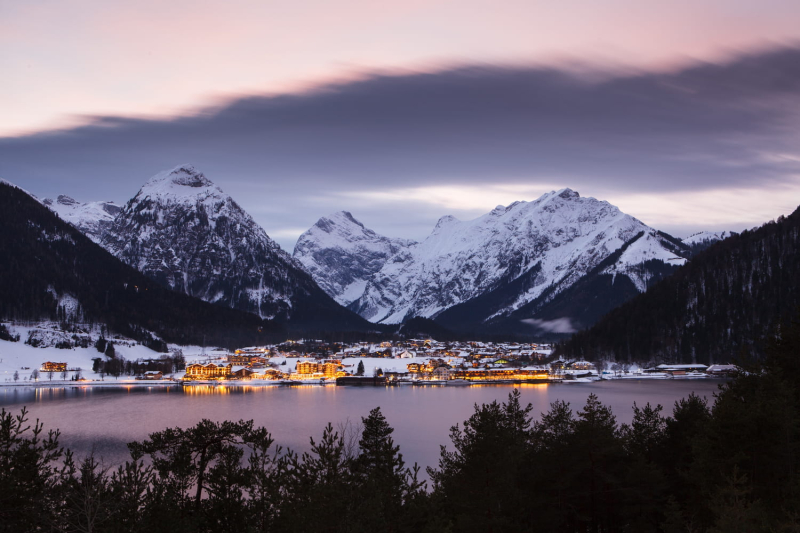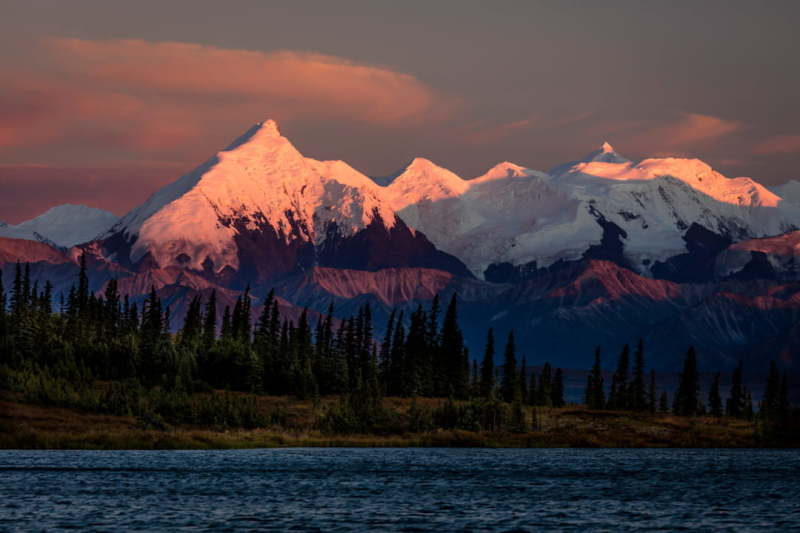Until next January 22, this American city will no longer experience any sunrise, plunging its population in permanent darkness. The phenomenon of “polar nights” is linked to the tilt of the Earth relative to its orbit around the Sun, which causes an alternation between the illuminated and unlit parts of the planet. In winter, the Sun does not exceed the horizon line at the extreme north of the globe, plunging the northern regions into darkness. This is why the “polar nights” take place in cities located north of the Arctic Circle and south of the Antarctic Circle. Their timing varies depending on the distance between the locality and the poles. The further away the town is, the less time its phase of polar nights will last. In the Lofoten Islands in Norway, people have to live for weeks without sunlight, with continuous darkness from December to January. But in other regions, such as the North Pole, polar nights can last up to 179 days. “Despite its name, the polar night is not a continuous block of pure night. The light of the Sun remains refracted at the horizon even after the Sun has set. Thus, at At many latitudes, most days can be dominated by different phases of “polar twilight,” National Geographic explains. &In Utqiagvik, a village of five thousand people in northern Alaska, night fell at 1:27 p.m. (local time) on Monday, November 18. On January 22, 2025, the sun will return at 1:15 p.m., but will soon set again after 48 minutes. After this furtive visit, the days will lengthen again as before. During these 64 days, the inhabitants will still be able to benefit from the light of twilight for about six hours during the day. The darkness is however not without effect on the human body. To compensate for this lack of sunshine, residents use light therapy and take vitamin D supplements. This helps combat seasonal depression in particular. Despite everything, the populations present in the Arctic and Antarctic are accustomed to this sharp drop in temperatures, reaching -27°C on average in January. They have even heart to keep a routine and participate in social activities to take care of their mental health. On this subject, a resident of Svalbard, a Norwegian archipelago located in the Barents Sea region, shows strong optimism on the microphone of the American radio NPR: “You have to see the beauty in (the darkness), which is not at all difficult for me […]. I feel even closer to nature when I walk in the dark.


